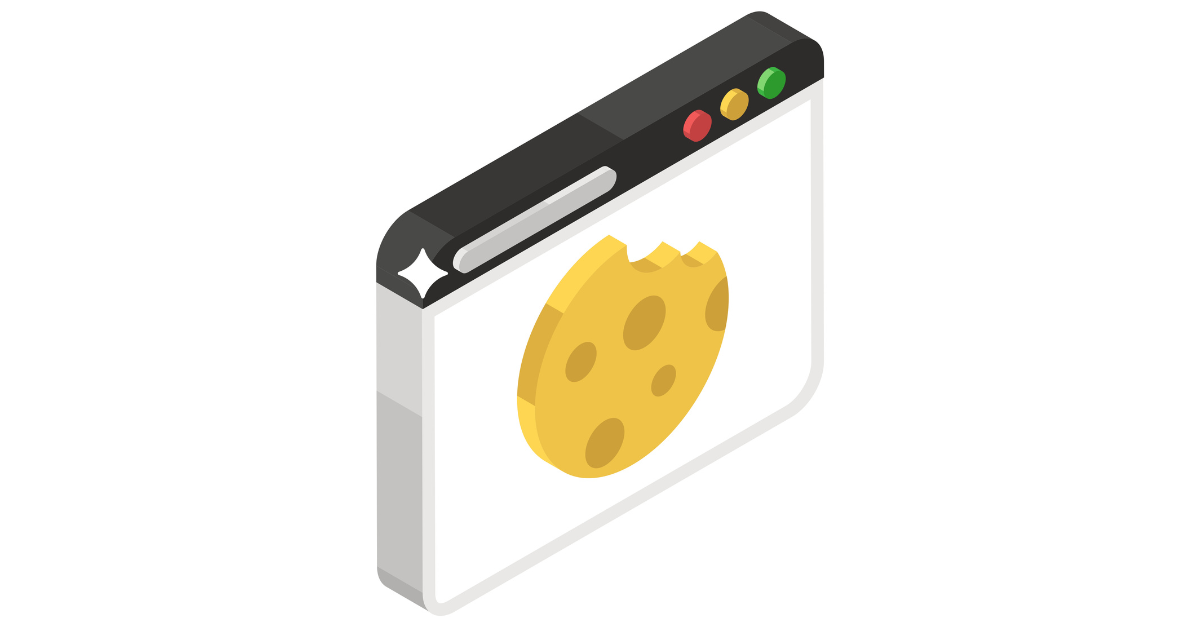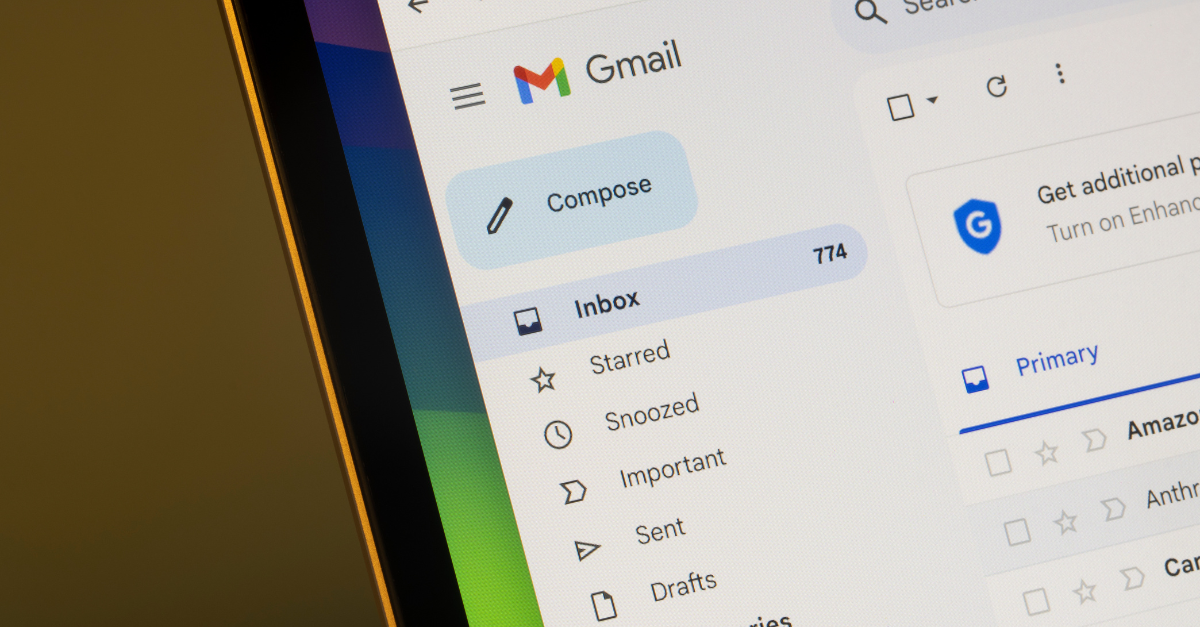If you’re a digital marketer and have been residing anywhere but under a rock, you’ve heard about browsers phasing out third-party cookies by 2022. What felt like forever is now on our doorstep, and it will impact everything from website and conversion tracking to audience targeting. While we’re still not sure how all the varying data companies are going to adjust and aren’t going to go into the specifics of how it all works, let’s talk about what you can do to prepare starting right now.
Instant Forms
One of the largest impacts that I’m expecting to see on our campaigns comes from measurement on social campaigns where users are accessing the ads through an app, such as Facebook and LinkedIn. To date, these channels have been an easy sell when allocating marketing budget with their targeting options and cost per acquisition compared to other channels. This cost per acquisition has previously benefitted from a 28-day view-through conversion window, meaning if someone converted after seeing your ad within 28 days, it would count as a Facebook conversion. With this shifting to one-day (and seven-day for click conversions), advertisers are guaranteed to see escalating CPA figures. Since this will make securing ad budget more difficult from media buyers, it’s no wonder Facebook fought these changes so hard.
In addition, aggregated conversions are going to complicate decision making as there will be a lag in reporting, as well as discrepancies between what’s shown and what lead volume is actually received. With aggregated data, there could be scenarios where the Facebook ad platform shows more conversions for a day than you received for all channels, complicating optimization and budget decisions.
Finally, some advertisers, specifically in the agency and affiliate space, may experience difficulty confirming their pixel through Facebook’s new verification. Advertisers will need the ability to place verification code in the header of the website of the domain in order to use the Facebook pixel.
Instant Forms are a solution to all of these issues. Instant Forms replace the landing page URL with an on-page prompt to submit your information, such as name and email. Since Facebook and LinkedIn already have this information, it will be pre-populated. Once a user submits, they’re prompted to visit the advertiser’s website, which can be utilized to deliver a promised deliverable such as a whitepaper.
This is a win for the networks, as users don’t leave their platform and continue scrolling and viewing more ads. This is also a win for the advertisers, as it solves their tracking problems. All conversions are verified since they take place in the platform—leads can be downloaded via CSV or exported to CRM via direct connection or Zapier. Conversion rates will be higher than directing them to a landing page since the experience is quicker, and information is pre-populated. And pixel verification isn’t necessary (but still recommended) since the lead form is off-site.
Video
One of the best strategies a digital marketer can take with the phasing out of third-party cookies is to generate more first party data—the cheaper the better. This is where video comes in.
Video ads can be placed across Google, Facebook and LinkedIn properties, as well as programmatic placements like Native & Connected TV. First-party audiences can also be generated from organic video views with a well optimized YouTube channel.
Audiences can be created based on which videos a user watches, whether they completed or how far they made it, and whether the placement was paid or organic. These tactics are helpful in segmenting an audience to which marketing funnel they should be in, where they are at in the funnel, and what next steps should be taken.
With these first-party audiences based on video views you can kick off remarketing tactics subbing for data that would have been purchased through a third party. And with Cost Per View averages measured in pennies, pricing could end up being competitive with the cost of third-party data in the first place.
Contextual
Contextual is one of the oldest display advertising tactics, along with direct buys from smiling and dialing (which I don’t miss at all). With Contextual, a media buyer places ads on a site based on the content rather than the user. With this in mind, Contextual is expected to be the biggest winner of the end of third-party cookies.
Advertisers should expect to be able to win Contextual inventory for less than they’ve experienced with third-party audiences, partly due to lower partner fees, but also because these tactics are less specific and much larger. Start with your typical keyword list for Search for Contextual targeting and don’t forget to segment! In addition, play around with some shorter tail terms that you would never be able to win with Search—this is where you’ll find scale and can carve your place out compared to your competitors.
Private Marketplace
Finally, media buyers should be looking for deals referred to as Private Marketplace. Networks, not just individual domains and websites, will partner with Supply Side Platforms to sell their inventory. And just like advertisers, they have segmented first-party data. For example, if they’ve analyzed their first-party data and concluded that a segment of their audience is in the market for new cars, they can package that inventory up and sell it as targeted advertising. It’s second-party data that operates like third-party data.
This tactic is best implemented through a Programmatic DSP and can encompass Display, Native, and video creative. Most DSPs will provide pre-selected deals sorted by interest, as well as provide customer support to seek custom deals and interests.
Conclusion
No one quite knows how the end of third-party cookies will shake out and what features we’ve become accustomed to will go away all together, compared to being altered into compliance. Most of these data companies aren’t going to fold up business, but instead will pivot into aggregated audience segments. Even if that happens, a media buyer that implements these tactics today will be better positioned to win moving forward.



